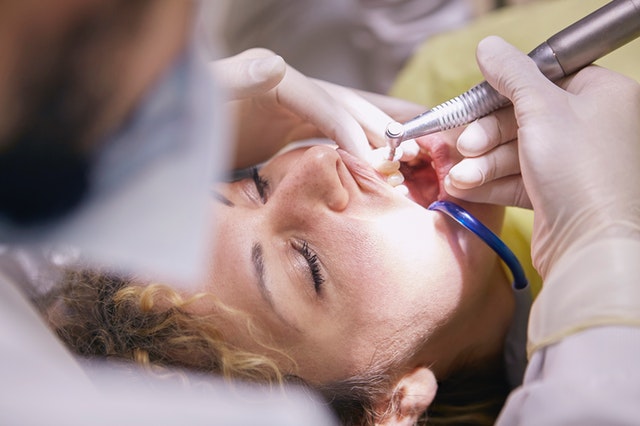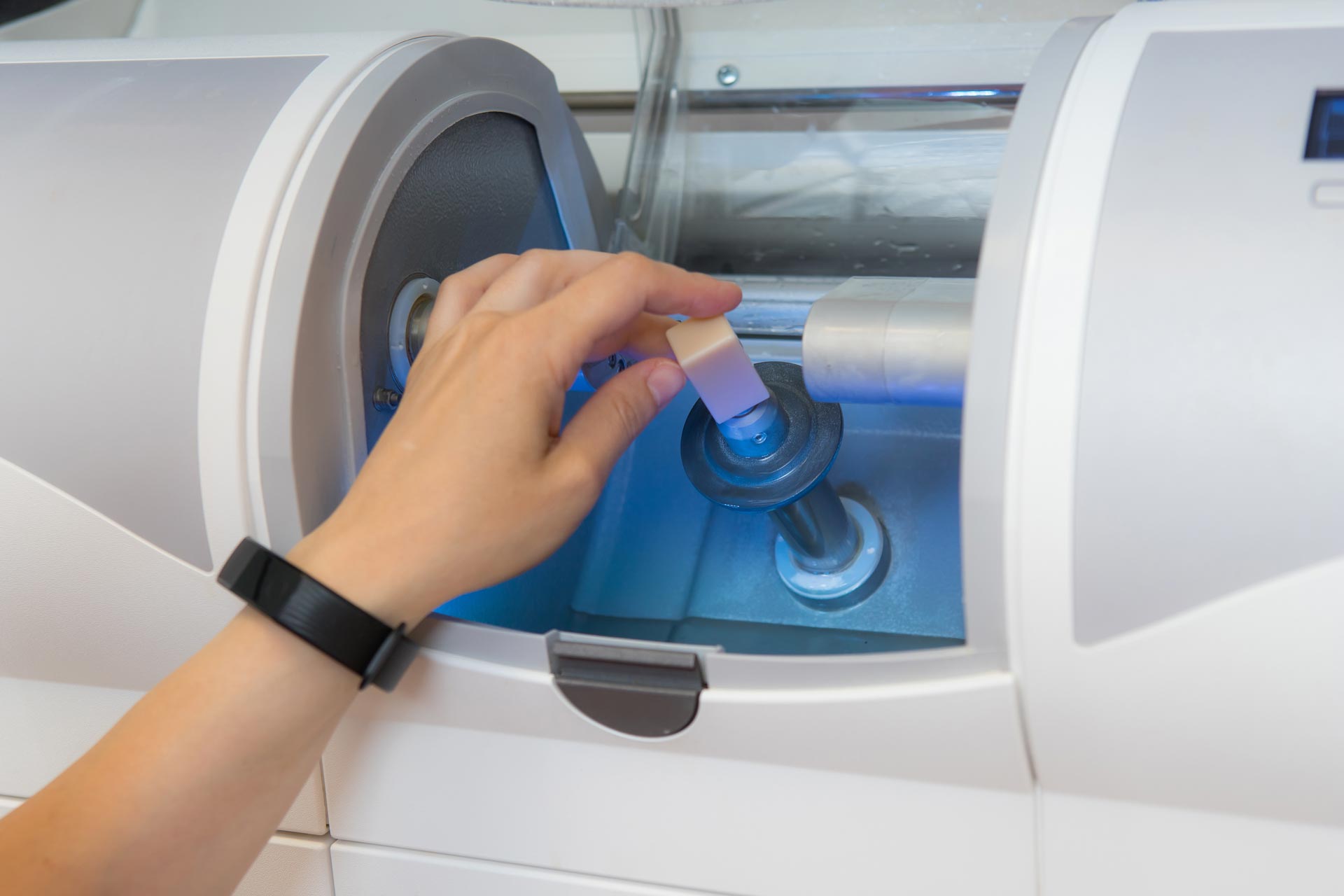If you’re scared of getting your teeth cleaned, you’re not alone. While teeth cleaning improves our oral hygiene, many people skip the procedure or don’t visit the dentist altogether due to fear of pain and discomfort, anxiety, lack of understanding of the service, fear of the equipment and the noises involved, and the awkwardness of having a dentist’s hands in their mouths.
Knowing what to expect when you visit your dentist for teeth cleaning is a great way to educate yourself, ease your anxiety, and ensure you get the best results. Our article discusses the teeth cleaning procedure to help you better understand what to expect and to help you have a stress-free and comfortable experience when you visit your dentist.
What is professional teeth cleaning?
Professional teeth cleaning is an oral hygiene practice that involves the removal of plaque and tartar from the surface of teeth to prevent cavities, gingivitis, and periodontal disease. Dental professionals recommend professional teeth cleaning at least every six months. A dental hygienist often performs the procedure, which can last between 30 minutes to one hour.
The teeth cleaning procedure
The following are the steps involved in a dental cleaning procedure:
1. The oral examination
First, the dental hygienist will conduct a comprehensive oral examination. Using a small mirror, they will inspect your teeth, gums, and entire oral cavity for signs of tooth decay, inflammation of the gums, and any other potential dental problems. This will help them know what areas to focus on during the cleaning procedure. The dental hygienist reports their findings to the dentist and they complete a more thorough oral examination and they collaborate on how to proceed.
2. Plaque and tartar removal (scaling)
Plaque is a soft, sticky coating that forms on teeth and contains bacteria. While routine brushing of the teeth helps prevent plaque, these deposits may still develop on teeth, especially in areas that may be difficult to reach. When plaque isn’t removed regularly, it hardens over time, forming tartar. When plaque develops into tartar, brushing and flossing won’t be helpful, and only a dental hygienist can remove the tartar from your teeth.
During the removal of plaque and tartar, your dental hygienist will use a small mirror and a small hooked tool known as a scaler to remove the plaque and tartar from the surface of your teeth, between the teeth, and near the gum line. Depending on the buildup of these deposits, your dental hygienist may use a manual or ultrasonic scaler. An ultrasonic scaler uses gentle vibrations to remove the plaque and tartar deposits.
3. Deep cleaning and polishing
Once your teeth are plaque and tartar-free, your dental hygienist will polish them using a high-powered electric brush. The brush helps remove the plaque and tartar that the scaler may have left behind. During this procedure, your hygienist will use toothpaste that tastes and smells like regular toothpaste, and will even allow you to choose from various flavours. The only difference is that the toothpaste has a grainy consistency to help scrub and polish your teeth.
4. Professional flossing
Whether you floss at home or not, nothing compares to a professional flossing session. The dental hygienist can get deep within your teeth and find areas where you might feel pain or bleed at the gums. This session may also help remove leftover plaque, tartar, or toothpaste from the previous sessions.
5. Rinsing
The next step of the procedure is rinsing your mouth to remove any residue and debris. In this step, your hygienist will give you a rinse containing liquid fluoride or will spray water into your mouth, which you will swish around your mouth. Once you’re done swishing, the hygienist will ask you to spit out the liquid in the sink near the dentist chair or will suction it out of your mouth.
6. Applying fluoride treatment
The last step in the teeth cleaning process is the application of fluoride treatment on the teeth. The treatment is optional, and it acts as a protectant for teeth and helps prevent cavities for several months. Your dental hygienist will apply either a sticky paste or a foamy gel, place it on a mouthpiece that fits over your teeth, and leave it for a minute or more. Other than the gel or paste, fluoride varnish may also be carefully applied to your teeth. The varnish hardens when it comes into contact with saliva, meaning you can drink and eat immediately after the procedure.
After the procedure, the dentist will conduct one last oral examination. If they don’t detect any dental problems, then you’re all set to go home.
Are you looking for a dentist in Klamath Falls?
If you’re thinking of getting your teeth cleaned in Klamath Falls, visit us at Klamath Smiles.
Our trained and experienced dental professionals are committed to providing patients with the best comprehensive dental care and helping them achieve a vibrant and healthy smile. Call us today or visit our website to schedule your dental appointment.





